Shungsheng Zhang
FDA Beampattern Characteristics With Considering Time-Range Relations
Apr 14, 2022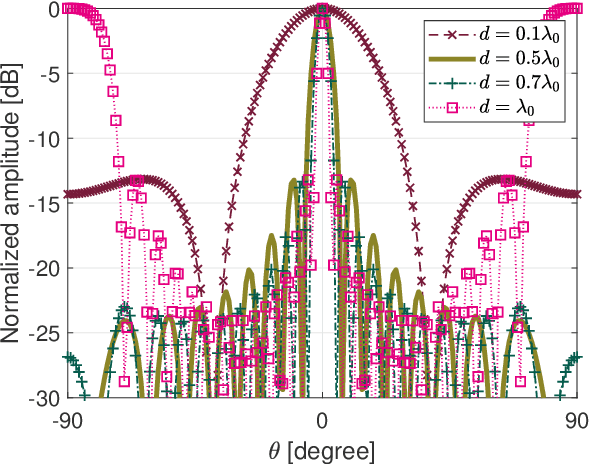
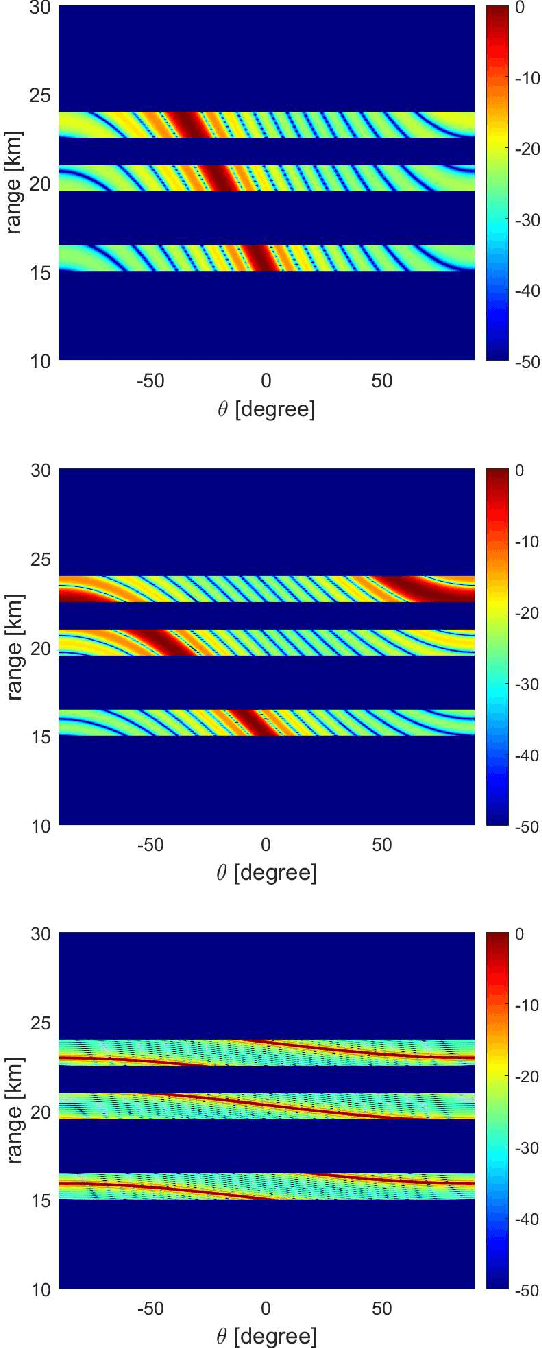
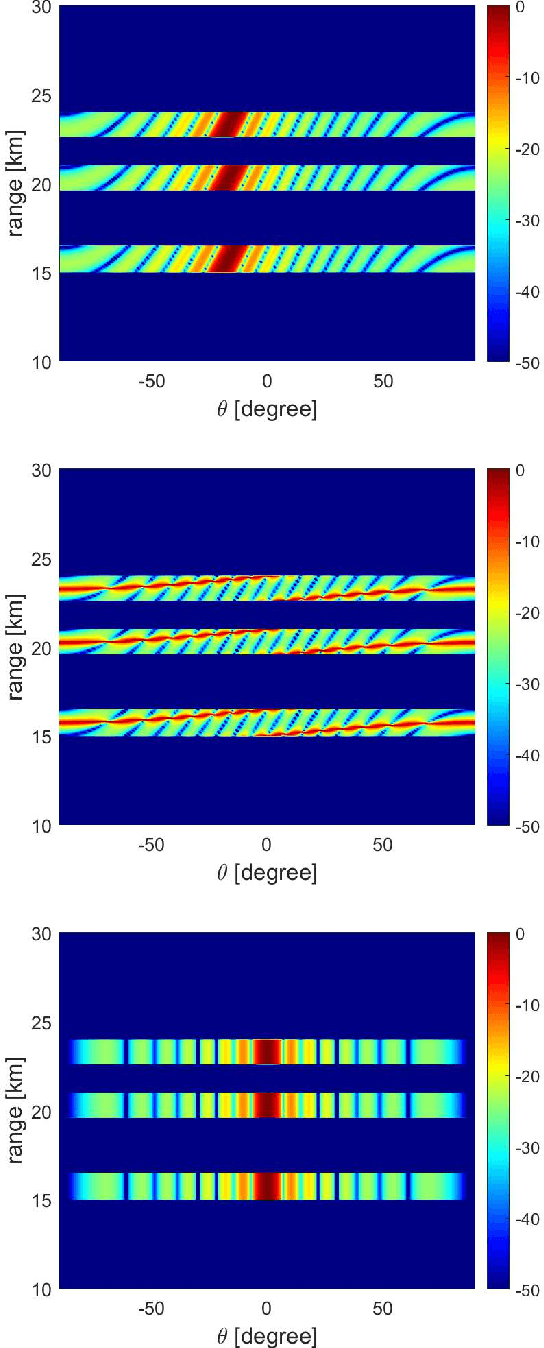
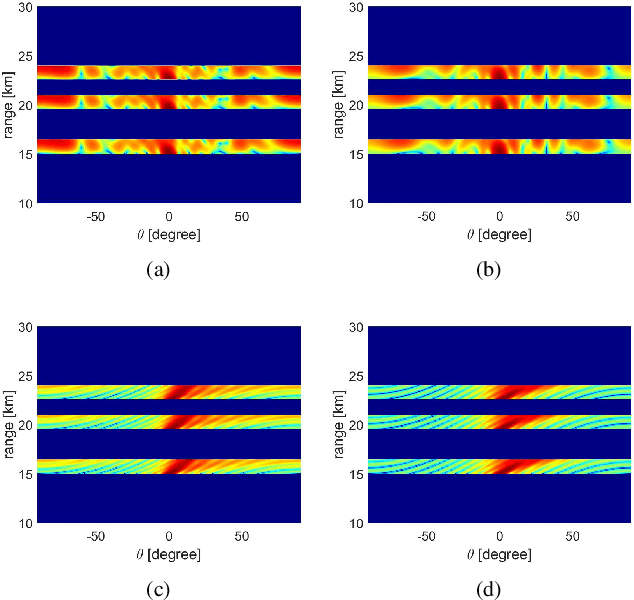
Abstract:Existing investigations show that frequency diverse array (FDA) will produce angle-range-dependent and time-variant transmit beampattern, but the relations between time and range and their characteristics still are not fully investigated. In order to fully exploit the time and range dependent characteristics of FDA transmit beampattern and address the effects of FDA frequency offsets, we systematically reformulate the FDA antenna and system model with specific time-range relation consideration. Two FDA transmit beampatterns, namely, instantaneous and integral ones, are derived. Accordingly, the FDA time and range dependent characteristics together with the comparisons to conventional phased-array and co-located multiple-input multiple-output (MIMO) antennas are analyzed. Both theoretical analysis and simulation results reveal that the FDA time-range dependent characteristics actually can be regarded as auto-scanning capability, which may provide many promising applications.
Coherent FDA Radar Systems: Joint Design of Transmitting and Receiving Array Weighters
Apr 14, 2022

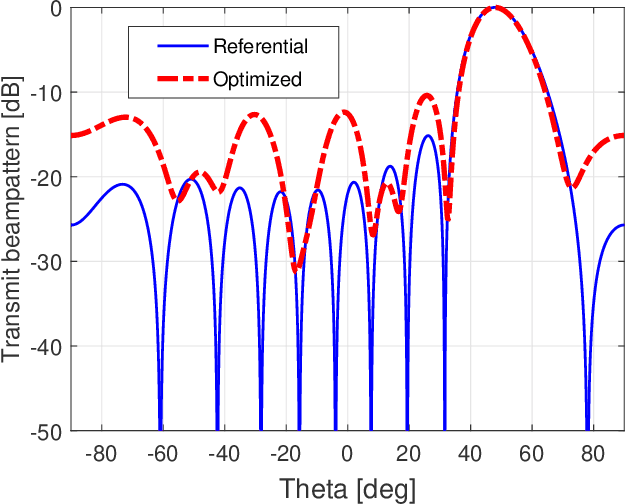
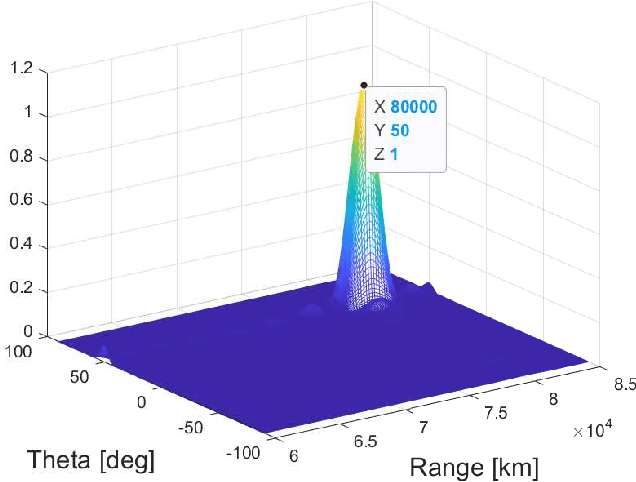
Abstract:Due to the frequency offset across its array elements, frequency diverse array (FDA) will generate angle-range-dependent and time-variant transmit beampattern. Since existing investigations usually focus on FDA transmitter and only instantaneous beampattern is considered, which cannot fully exploit the time-range characteristics of FDA radar for enhanced performance, in this paper we formulate a multi-carrier mixing receiver for coherent pulsed-Doppler FDA radar to effectively retain the range information of FDA radar returned signals in subsequent receiver processing. Accordingly, the joint transmitter and receiver is systematically modeled with time-range relationship consideration. More importantly, we optimally design the joint transmitting and receiving weighters by maximizing the radiated energy within the desired range-angle sections for given total energy. All proposed methods are verified by simulation results.
 Add to Chrome
Add to Chrome Add to Firefox
Add to Firefox Add to Edge
Add to Edge